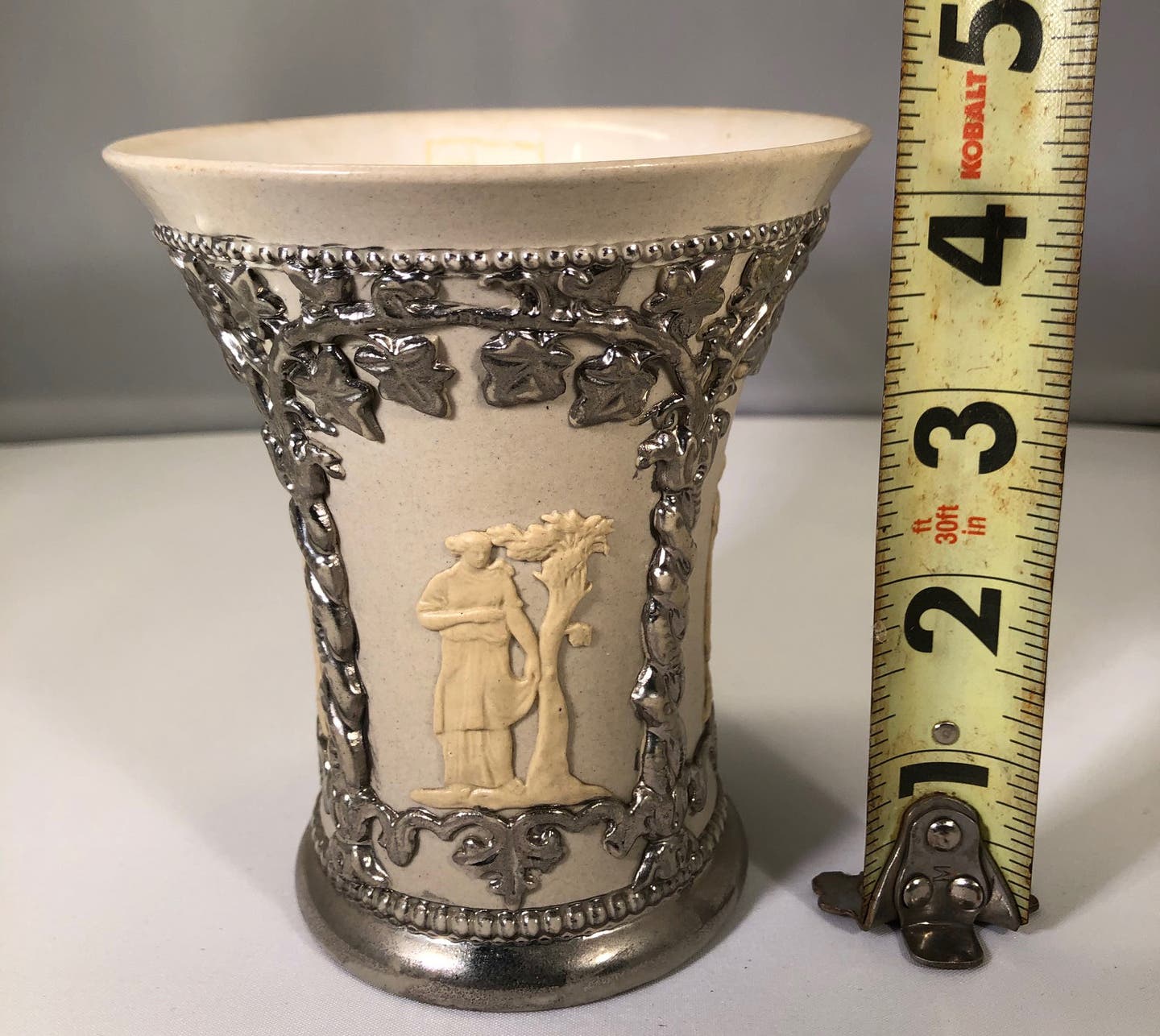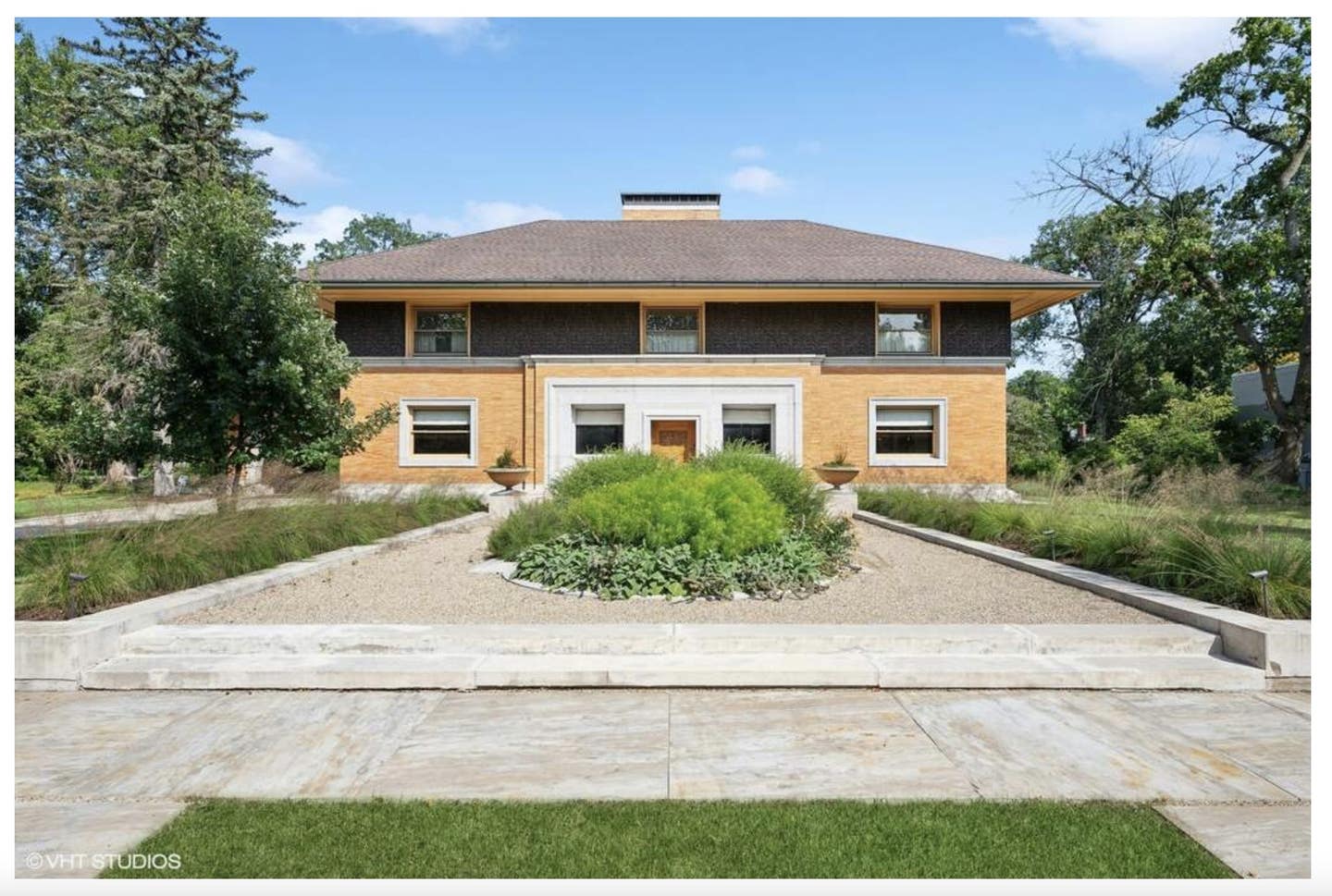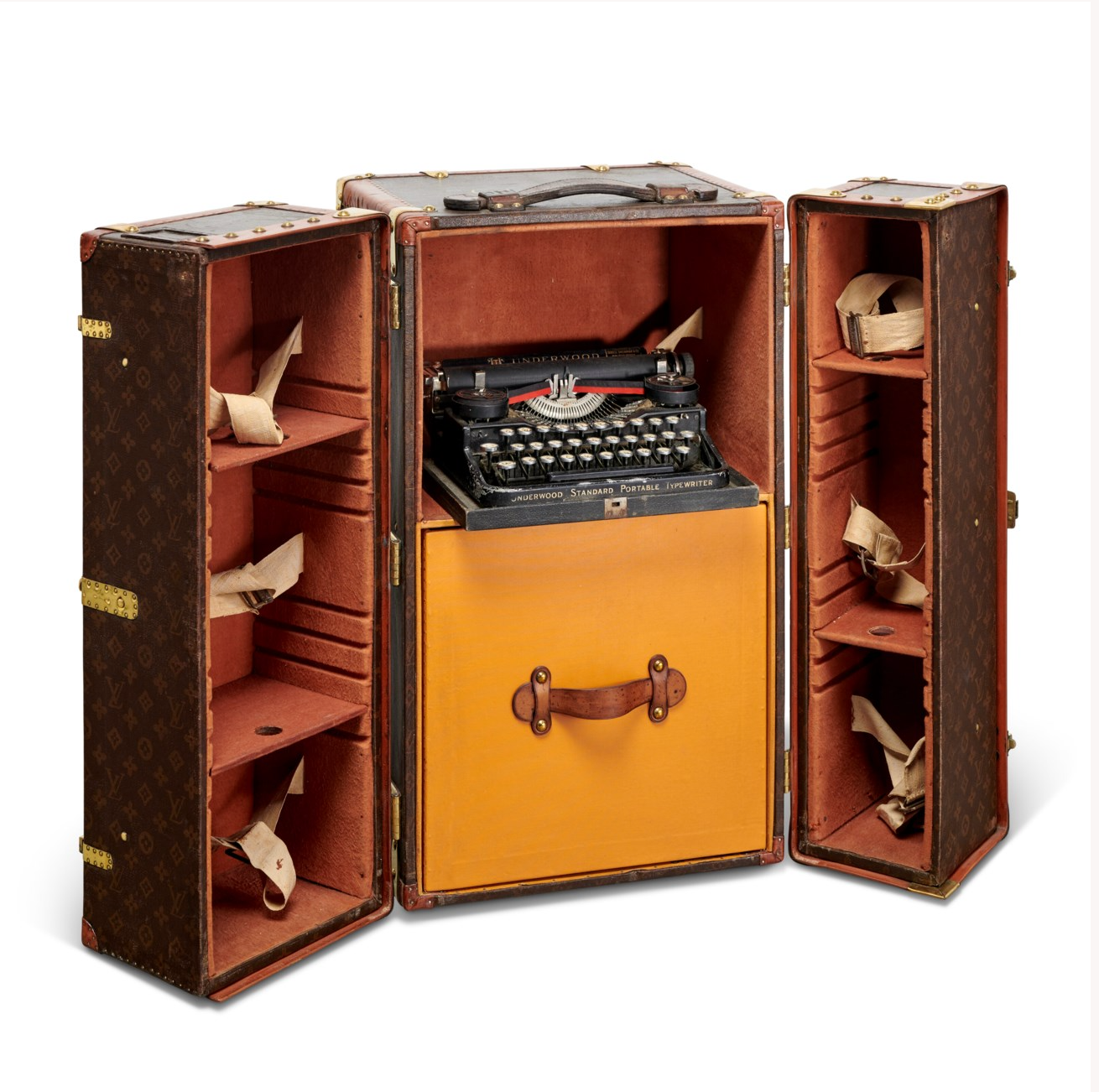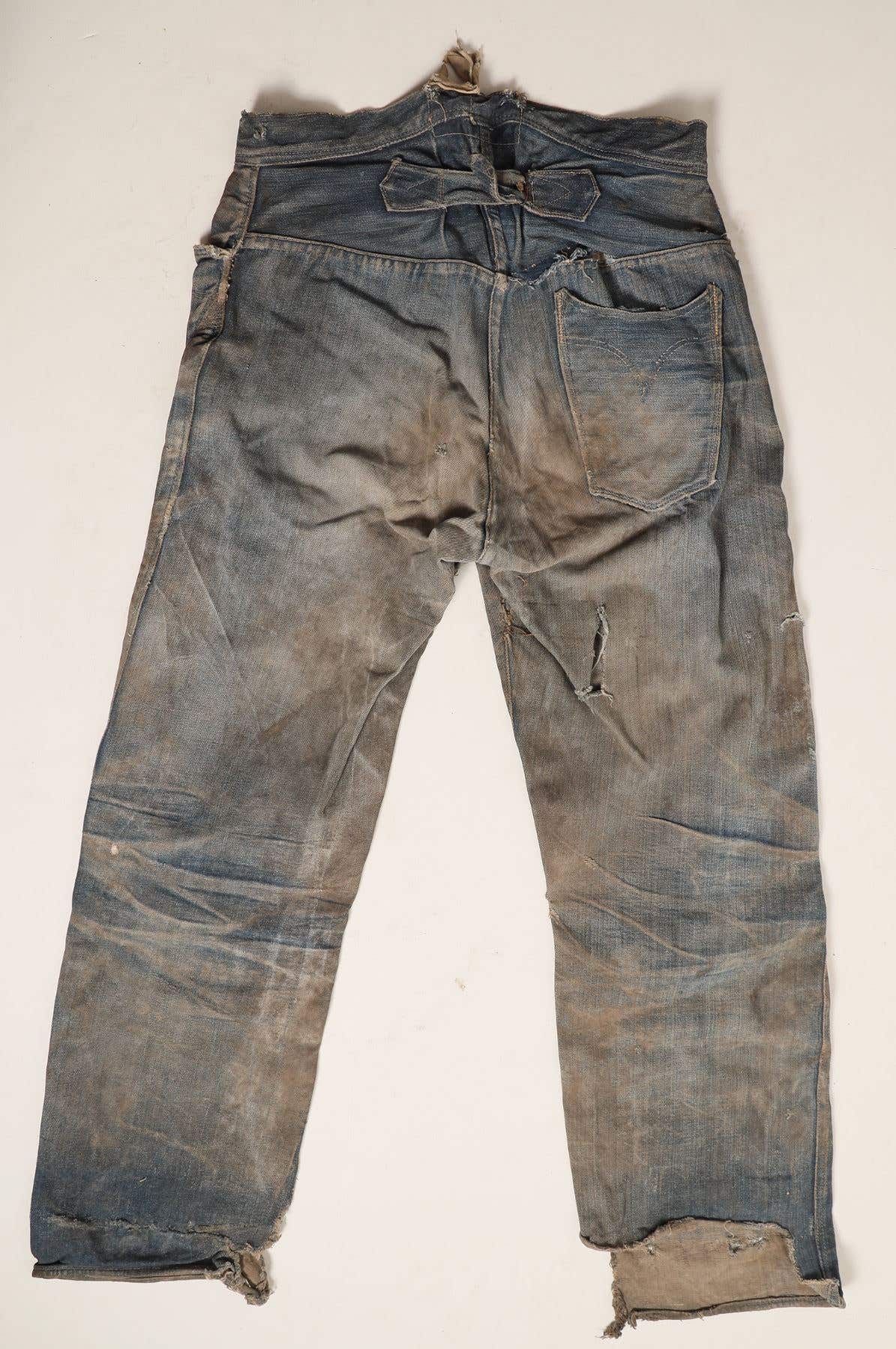Dog lamp dates to Victorian era
Appraiser sheds light on reader’s mystery lamp that dates from around 1890 to 1910: Bulldog lamp valued at more than $125.
Question: I have an interesting metal “double-dog lamp” that has been sitting in a basement for decades. My mother schemed to repair the piece as a surprise for my father. To my horror, she began the cleaning process by scrubbing it with a wet toothbrush. I pleaded with her to seek a better way; she scoffed and scrubbed harder! My only recourse was to remove the lamp to an undisclosed location. Do you have any idea as to the age and make of the lamp? The electric fixture is labeled “BRYANT” patent dated November 26, 1907. Mindful that a competent and professional restoration is out of the question, do you have any recommendations on how best to clean such a piece? Come what may, our goal is to make it operable and enjoyable, nothing more. The grumpy expressions and patina must be saved! I appreciate you taking the time to read this.
Thank you!
Sincerely,
Franklin W. Gehres
Dayton, Ohio
Answer: Your lamp is super nice. I would say it is a late Victorian piece with a production date around 1890 to 1910 and probably had a glass shade. I have only seen one other like it with the same base and tree trunk; however, the one I saw had an adult bulldog and a pup.
The socket was made by the Bryant Electric Company in Bridgeport, Conn. The company was founded in 1888 and closed 100 years later; at one time it was the largest employer in Bridgeport and the largest manufacturer of wiring devices in the world. Unfortunately, the presence of a Bryant socket does nothing to help identify the maker of the lamp. I assume you examined the lamp for markings, not only under the base, but on the base itself or even on the tree trunk.
Although it is difficult to determine from a photograph, it appears that your lamp is cold-painted spelter. Cold-painted refers to paint applied after the casting. I noted color on the dog’s faces and collars. Spelter is simply a term used for a zinc alloy that has been used since the mid-19th century for lamps, statues, clocks, table wares and many other pieces. These pieces were often given a bronze finish; however, spelter, unlike bronze, easily breaks. To determine if your lamp is actually spelter, scratch it where a mark will not be noticed. Scratching spelter will reveal a bright silver line.
There appears to be some surface degradation (which goes along with it being stored in a basement for 20 years), that should be mitigated. There are many sites online that can help instruct you on various methods to clean spelter.
In its current state, I would place a value of $125 to $150 and more if it cleans up well.
Dr. Anthony J. Cavo is an honors graduate of the Asheford Institute of Antiques and a graduate of Reisch College of Auctioneering. He has extensive experience in the field of buying and selling antiques and collectibles. Cavo is also the author of Love Immortal: Antique Photographs and Stories of Dogs and Their People.








